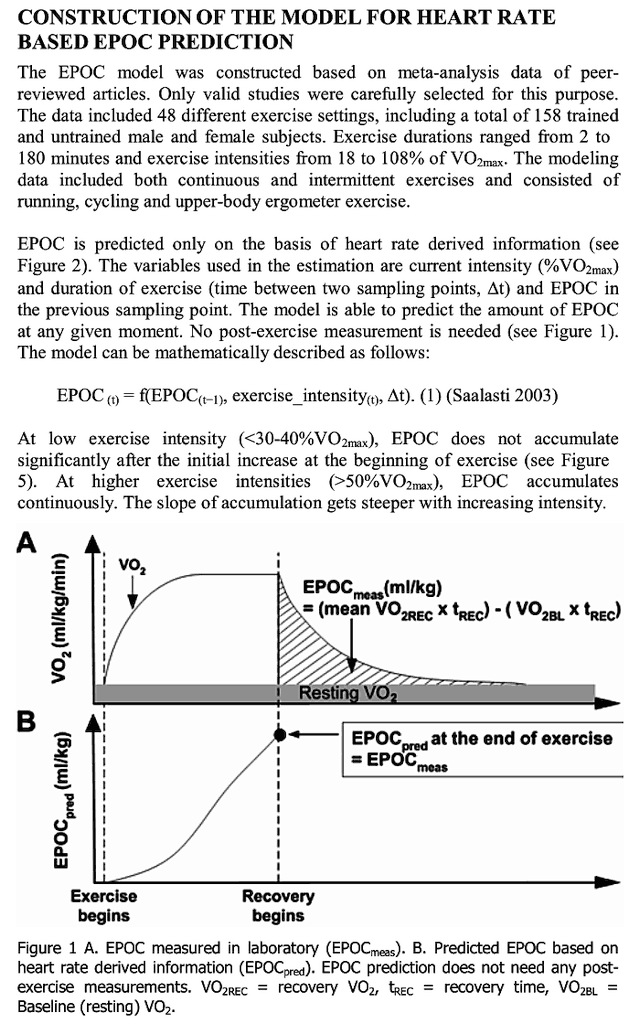[This is a repost of something I posted on Reddit a few minutes ago but I think some of my fellow 945 owners might be interested in]
Hello,
I'm a software developer and stat geek. One of my frustrations when it comes to GarminConnect UI is that you cannot get a precise value of your estimated Vo2Max - it's always a round number. I wanted to have precise values to see trends better (especially since I've been stuck in the 54-56 range for months...) so I wrote a little program that extracts data from the Fit files and renders them in a webpage.
I though I would share it with you guys so I published the source code : https://github.com/bleenhou/fitparser/releases
To use it, just copy the fit files of your activities in a folder, run the program and select the folder in which you just copied the files. (You cannot point the program directly to the watch storage...)
Quick notes : 1/ It's written in Java so you need Java installed on your system to run it. 2/ It can be downloaded at the link above, but if you want to recompile it, you will need the thisisant java fit SDK jar. 3/ It's only parsing Running Fit files, not the rest (Strengh, Bike, etc...)
I tested it with chrome but I think the code is simple enough that it will work with any browser.



